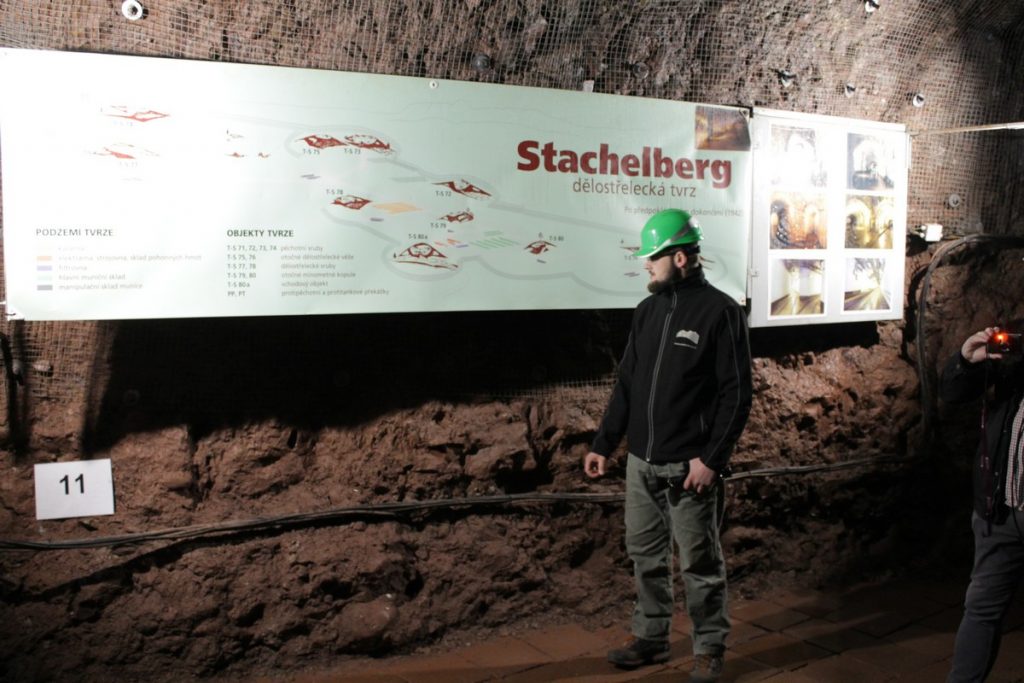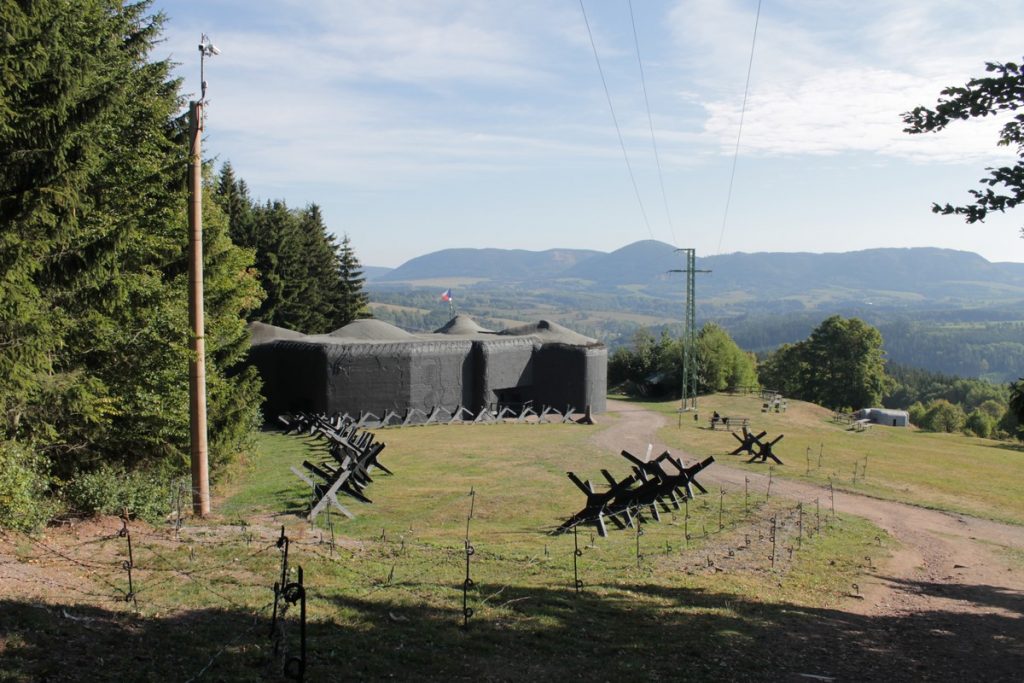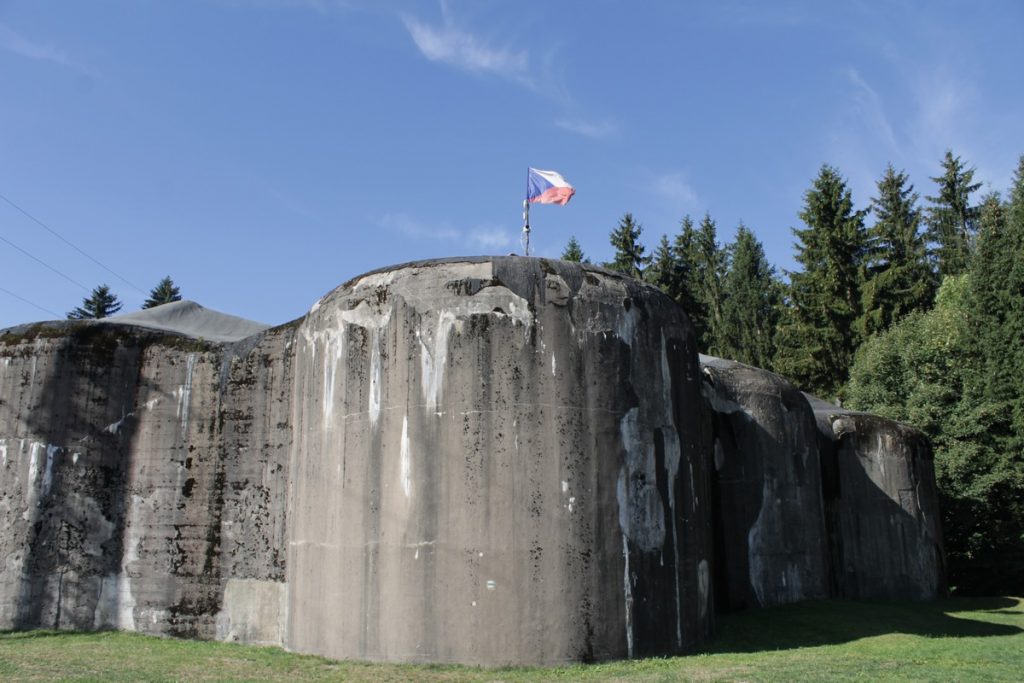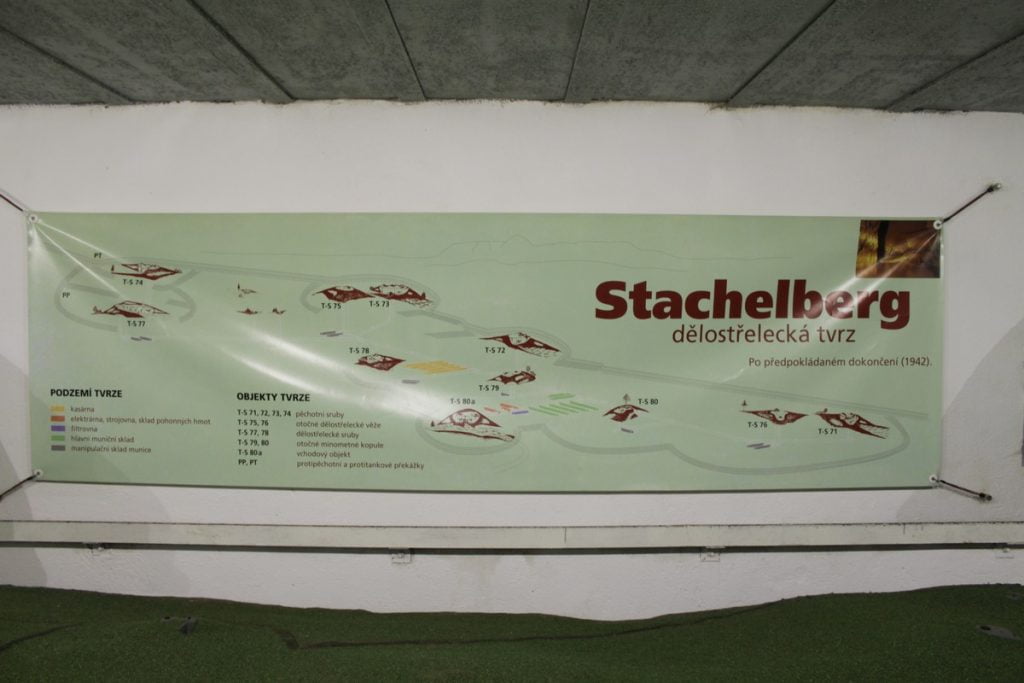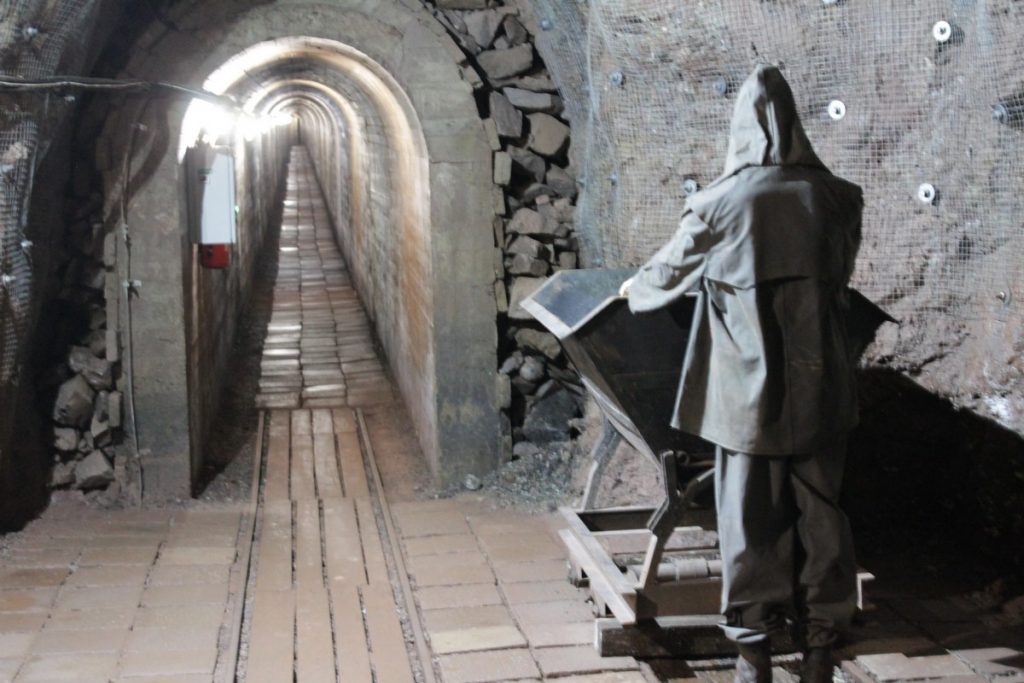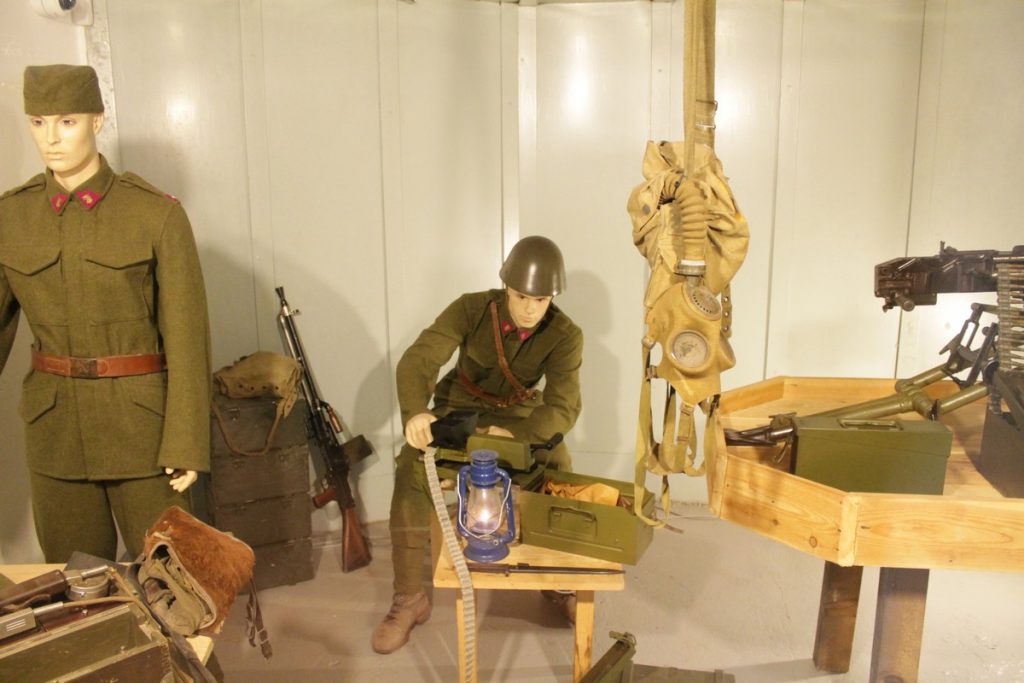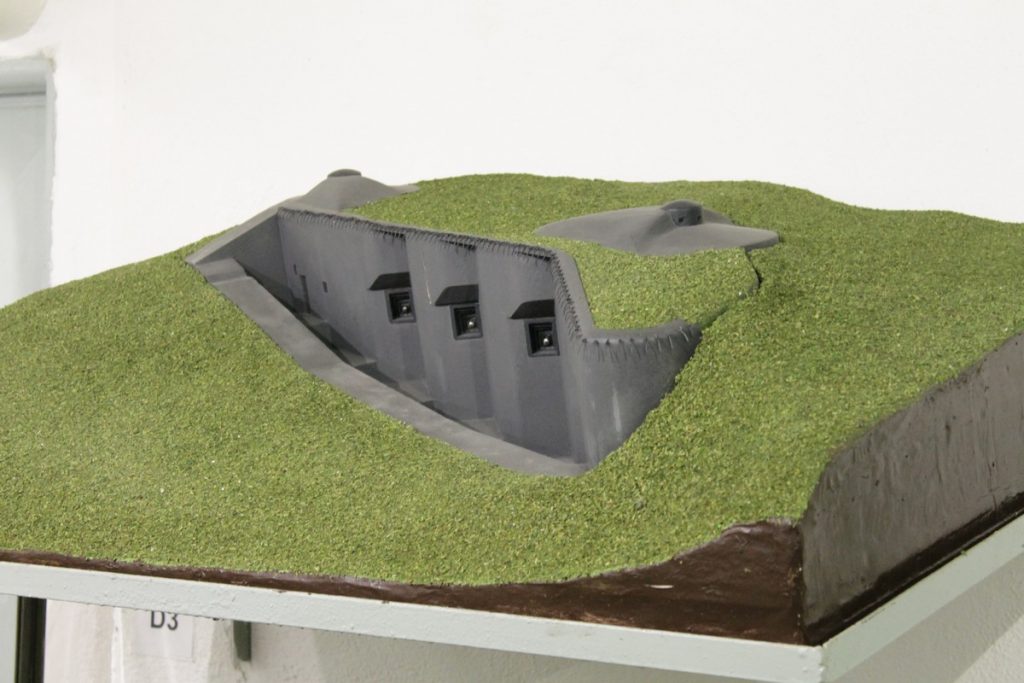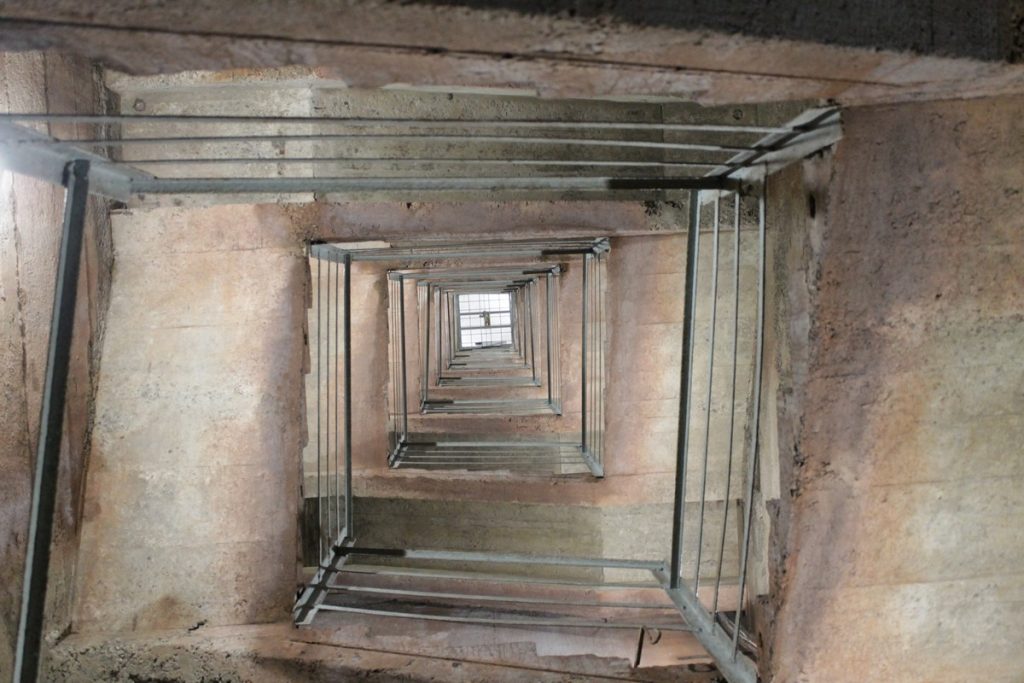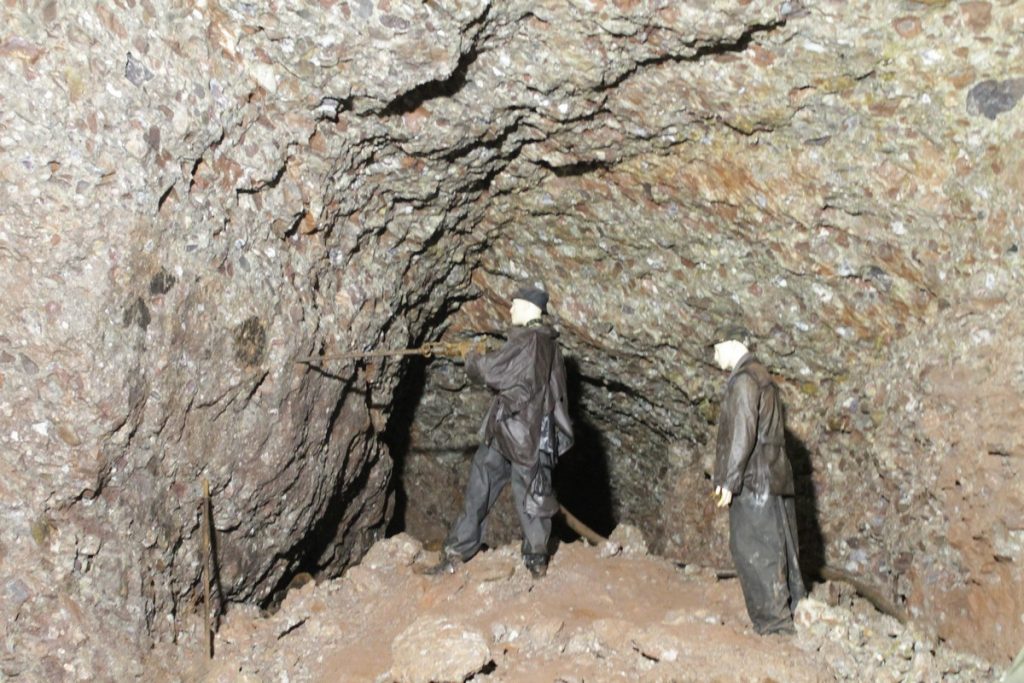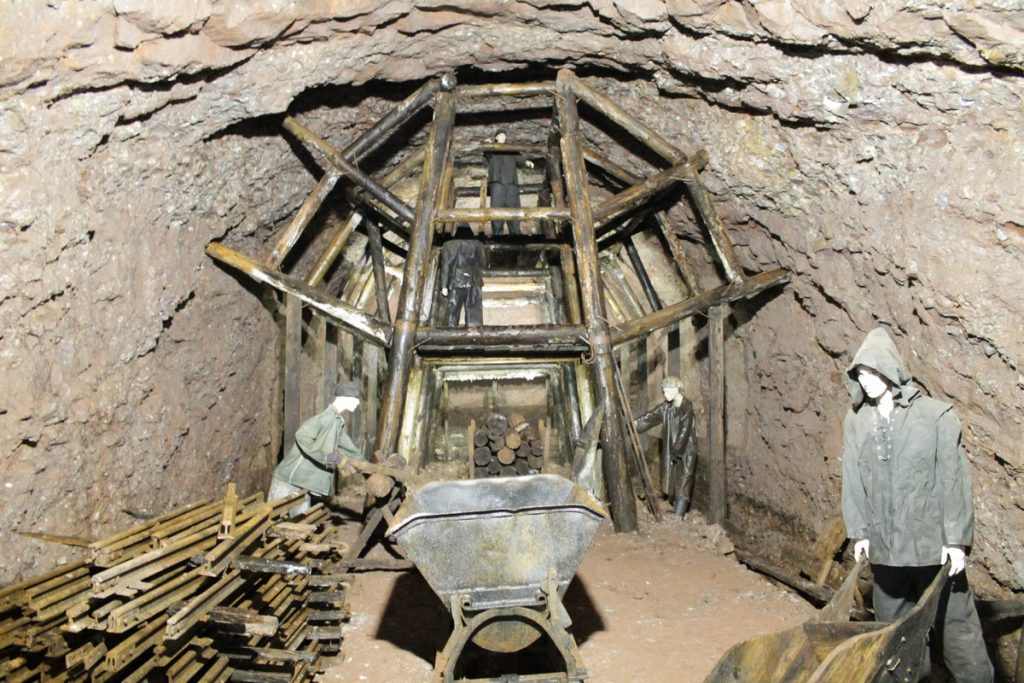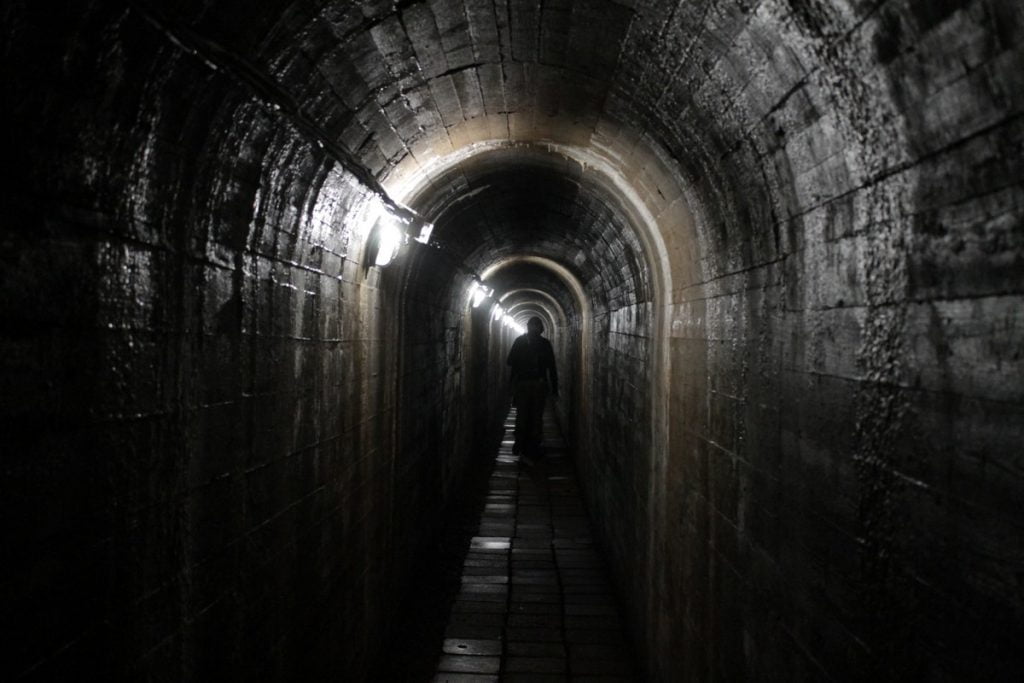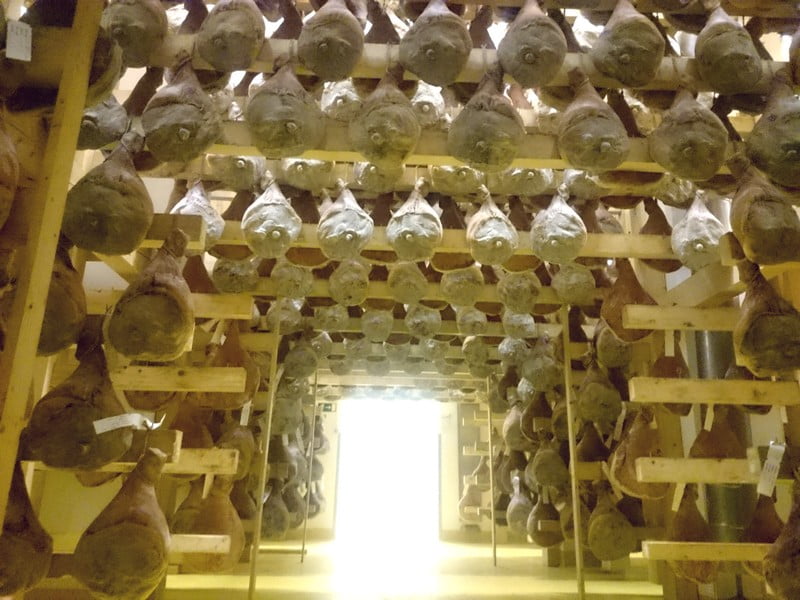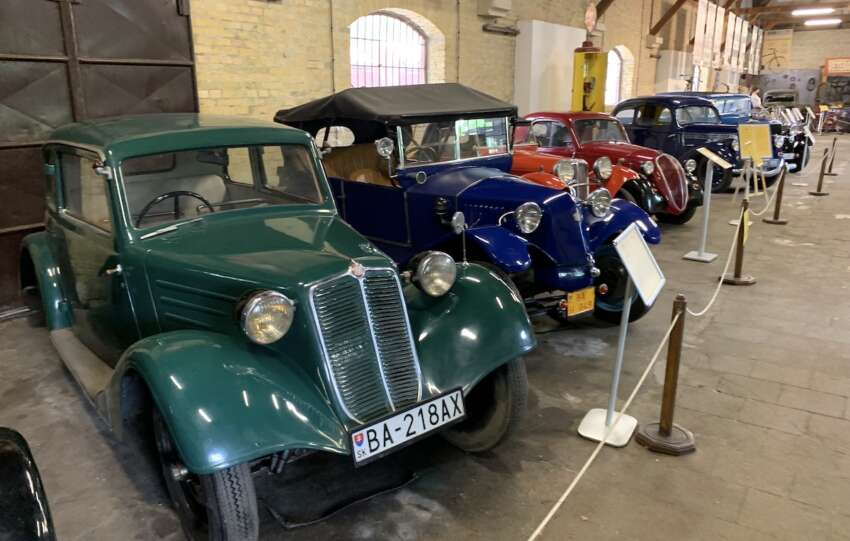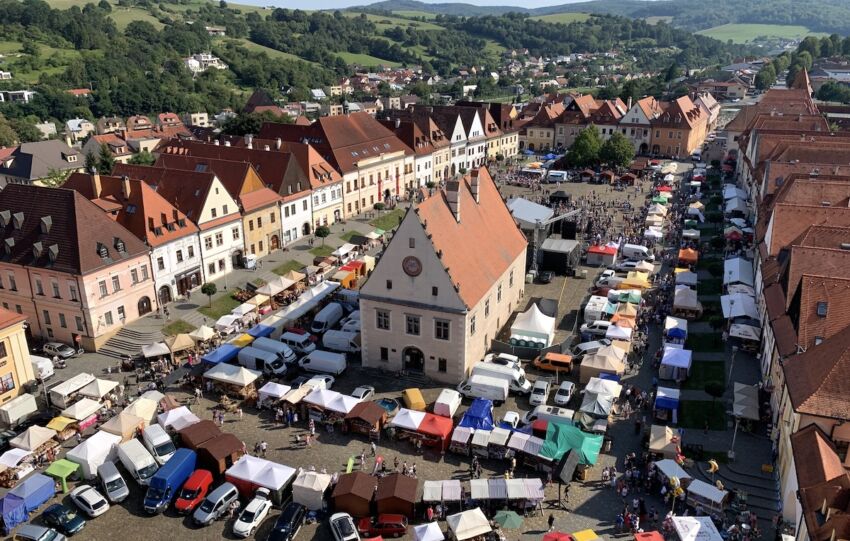Share This Article
When I am thinking about Czech fortresses I had a view of medieval castles and palaces. However, I visited a place which is definitely younger but still a fortress. It was never given a chance to prove itself in a battle, and thanks to a group of enthusiasts we have the opportunity to discover the secrets of this place. I invite you to the Stachelberg fortress.
Location
The Czech Republic is my favourite neighbour, and discovering the secrets of close towns and those located farther from Poland gives me a lot of pleasure. But let’s go back to the fortress mentioned above. It is located in the Czech Karkonosze Mountains, several kilometers from the border. The easiest way to get there is by driving from Lubawka towards Trutnov (heading for Zacler). The fortress itself is located next to the village of Babi.
Stachelberg history
The Stachelberg complex was founded in the 1930s. The fort, however, was not completed due to the beginning of the Second World War. More specifically to the Munich Agreement giving back Czechoslovakia to the Third Reich. Stachelberg was a barrier and a point of resistance to the incoming troops. It was supposed to be a complex of fortifications located above, and consisting of various types of bunkers, power plants, fire stations and logistic facilities. Despite the fact that the fortress was not completed before the war, to avoid being used by the Nazi army, it was destroyed and flooded with water. The fortress was considered one of the best defense systems in Europe.
Sightseeing
We can start the tour of the object from a walk between the above-ground objects. However, if you want to see the phenomenon of the fortress, make sure to use the underground route. The guided tour takes about an hour, and the scale of the fort makes a huge impression. We start with an exhibition dedicated to Stachelberg. We have a plan of the entire defence system there along with information about which objects have been completed. It is interesting that the objects in the fortress had four levels of security (1-4), which depended on the thickness of the walls and ceilings of the bunkers. The highest, fourth level, said that the thickness of the building’s walls was 4 meters. After visiting the exhibition, we go “down”. The staircase leads us almost 40 meters below. The plan also included a goods lift, but it was not completed. We go down to the underground through the T-S 73 infantry bunker.
The whole mountain in which the fortress was supposed to function was full of tunnels. Plants, filter rooms, barracks, hospital and ammunition warehouses were planned up. The fortress’s crew had 778 soldiers.
During the walk through the underground part, we can learn a lot about how tunnels and chambers were created. On the walls, we can see a trace of water that has stood in tunnels for decades. It is interesting that the planned fort also took care that there was a specific air pressure, which was to prevent air pollution in the event of a chemical attack. The fortress could keep firing for a week.
During the tour, we travel about half a kilometre from the total length of over 3 kilometres of routes. The local association that cares for the fortress, its research and its sharing, which deserves great recognition.
An adult ticket costs CZK 120, and 60 CZK for a child (6-15 years). Sightseeing is possible on the following dates:
- May (Saturday-Sunday) – 10.00-17.00
- June (Thursday-Sunday) – 10.00-17.00
- July – August (Tuesday-Sunday) – 10.00-17.00
- September (Saturday-Sunday) – 10.00-17.00
- October (Saturday) – 10.00-17.00
- November – December (Saturday) – 10.00-17.00
Worth visiting Stachelberg?
It’s definitely worth visiting this place. It is located in a beautiful area (there is an observation tower just next to the bunkers), and its history is impressive. The Association that cares about the object is constantly researching and discovering further interesting places underground. Despite the fact that the fortress was not completed, the plan was impressive and it is worth seeing it with your own eyes!
